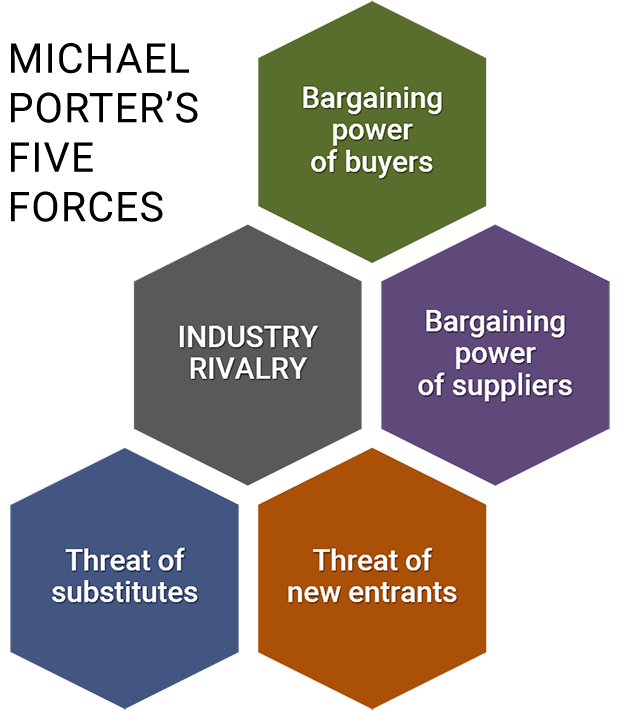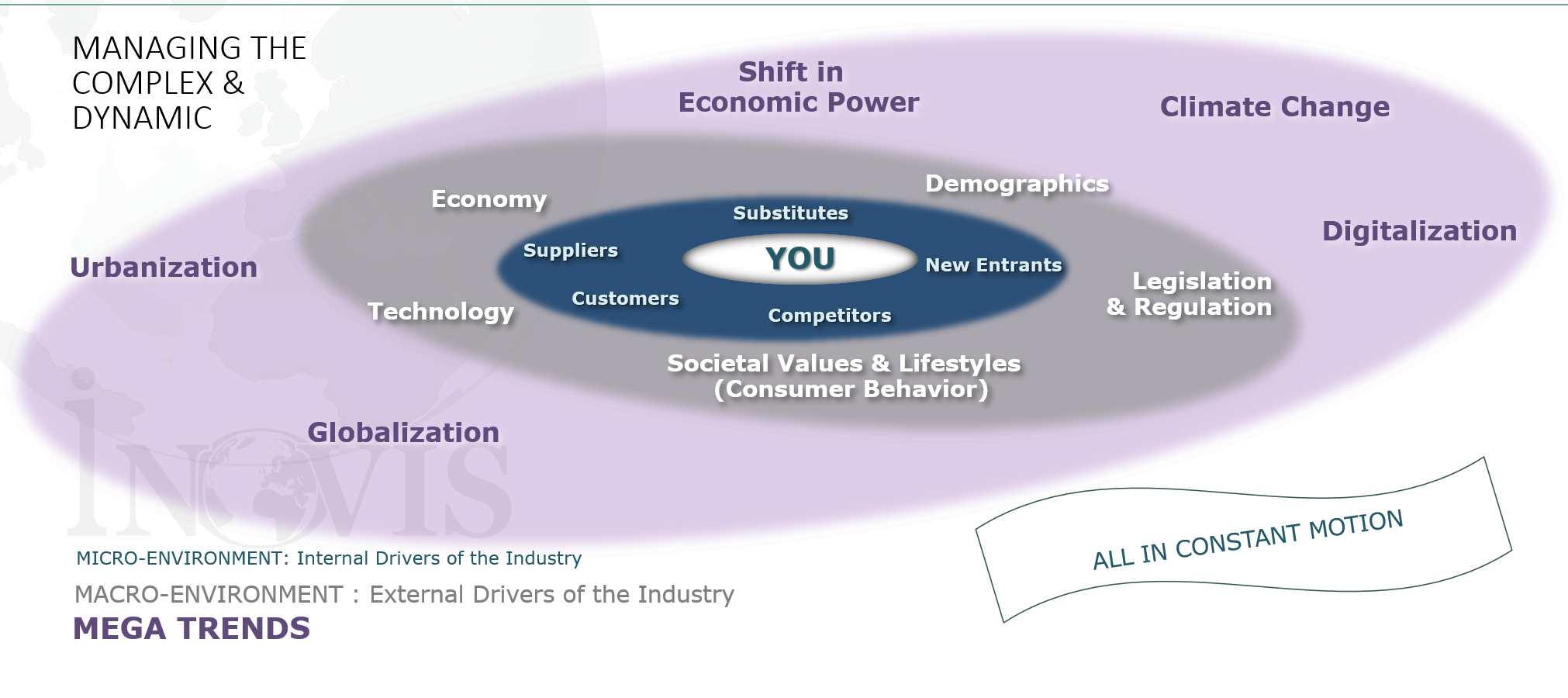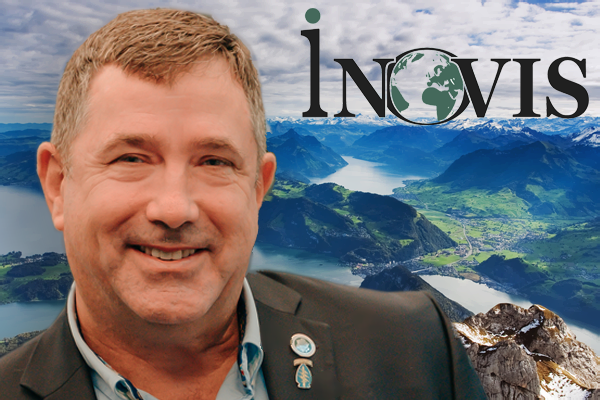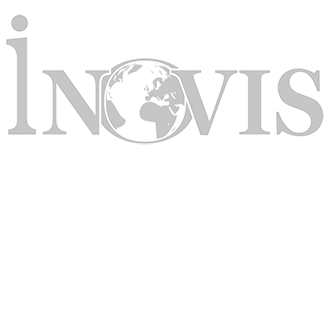 CONTACT US
CONTACT US
by Larry Fauconnet and Marc Limacher

contact us to learn more about how we can assist with your competitive marketing game ⟩
Planning to bring a product to market in a different country has similar challenges, with a twist. It's important to strike the right balance between global standardization (which may reduce go-to-market costs) and local selling and marketing (which drive local revenue). You can't paint each market with the same broad brush and expect optimal sales results in each. Thus, understanding the local landscape and conditions — the overall environment — is as important to you as a marketer as a map and guide are to a traveler.
It's easy to find examples of marketing misses tied to misunderstanding the target market. For example, Euro Disney Resort (now Disney Paris) launched as a re-creation of the U.S. Disney theme park experience, and it fell flat in Europe. Its failure created post-launch issues related to branding, strategy, marketing, management and a host of unforeseen social, cultural and sub-cultural issues. The park suffered through years of rebranding efforts before getting its approach to the European market right.
And the happiest place on earth is in good company: Numerous other well-known U.S. brands (think Walmart, Best Buy, eBay) have had to adjust their local go-to-market strategies after entering a foreign market, despite conducting traditional market research beforehand. These initial misses resulted in higher costs and lower-than-projected sales while the companies determined how to tailor a go-to-market approach that better fit the local environment.
Entering a new market requires more than traditional market research. To best plan for success, you need an accurate map of the local market, and a locally grounded guide to all the players in that market.
Building an actionable view of a foreign market at the local level requires a map that identifies the unfamiliar terrain, and there are specific tools that can help. Figure 1 shows one such tool, which uses the elements of the competitive landscape as focal points to better understand the intricacies of that market.
Think of the competitive landscape as being composed of two major levels of interactive elements: micro-environmental and macro-environmental factors. Micro-environmental factors are best defined by Michael Porter's Five Forces, which is a framework for understanding the competitive forces at work in an industry that also drive the way economic value is divided among industry players. The Five Forces determine the competitive structure of an industry and its profitability, and these forces can help anticipate shifts in the competition. Meanwhile, the STEEP (social, technology, economic, environmental, political) factors of scenario planning drive macro-environmental factors.
These micro- and macro-environmental factors interact relative to a specific offering. For example, imagine bringing a medical device to a market outside of the United States. You'll need to understand the
As you prepare to develop a go-to-market strategy for a given country's market, look at these factors as well as how they intersect or interact.

To help determine the best approach to the market, start by assessing the macro-environmental factors. Determine what you need to know about each one to better understand the market. This knowledge will provide you with an understanding of the terrain on which all players are maneuvering. Examples to investigate include
Once you understand the local market, you're ready to consider how the individual players are positioned.
Don't be surprised if asking these questions fuels more questions. This unpeeling of layers is a necessary and valuable part of your process. For instance, to evaluate a competitor's value proposition, you must understand their solution's features, benefits, pricing paradigms and models, actual pricing (to the extent possible), terms, service, bundling and so on — all by target market.
To understand the context of that value proposition, you'll need to consider it from various other viewpoints, such as technology development (i.e., will a new product soon make the offering obsolete? Are customers waiting for that new product to launch before they buy? Could this be what's creating the appearance of low penetration for the incumbent provider?).
Likewise, to understand what drives the effectiveness or weakness of a B2B competitor's channel, look at their channel operations. Consider the size of their salesforce, target market focus, compensation, incentives, priorities, turnover, supporting structure and so on.


Secondary information (information you gather via publicly available sources, syndicated and subscription market studies and so on) are a useful and necessary starting point. These provide a foundation for your knowledge as you define your market.
As you build your knowledge, remember that because the local players already have the advantage of local-market knowledge, you'll face the challenge of becoming equally aware, but from the outside. Further, remember that the competitive set in any market can access the same secondary resources that you do.
Using the competitive landscape to filter and focus your research efforts, you can understand the dynamics of the market from an objective perspective. You may even be able to "out-local the local players, who may have become complacent. Human sources are the best way to achieve this level of local knowledge, relative to any focal points of the competitive landscape. You can gather foundational knowledge through traditional, primary, quantitative market research.
Achieving deep local knowledge requires going a step further, conducting qualitative, primary, human-sourced research. This involves interviewing knowledgeable, credible, well-placed human sources in accordance with ethical standards and all applicable local legal statutes. Such sources provide local perspectives about customers' true purchase decision drivers and perceptions about the competitive offerings in the market, along with the associated strengths and weaknesses of those products.
You may be able to inform some of this research through sources within your own company or network. For other aspects of this research, you may choose to partner with a vendor with expertise in primary competitive intelligence research and strategy in your target market.

Larry Fauconnet, Senior Director of Competitive Insights & Strategy focusing on IT, Telecommunications, and Digital Health, leverages 30 years of competitive intelligence and strategy experience to assist clients in understanding and positioning themselves more effectively on the competitive landscape.
